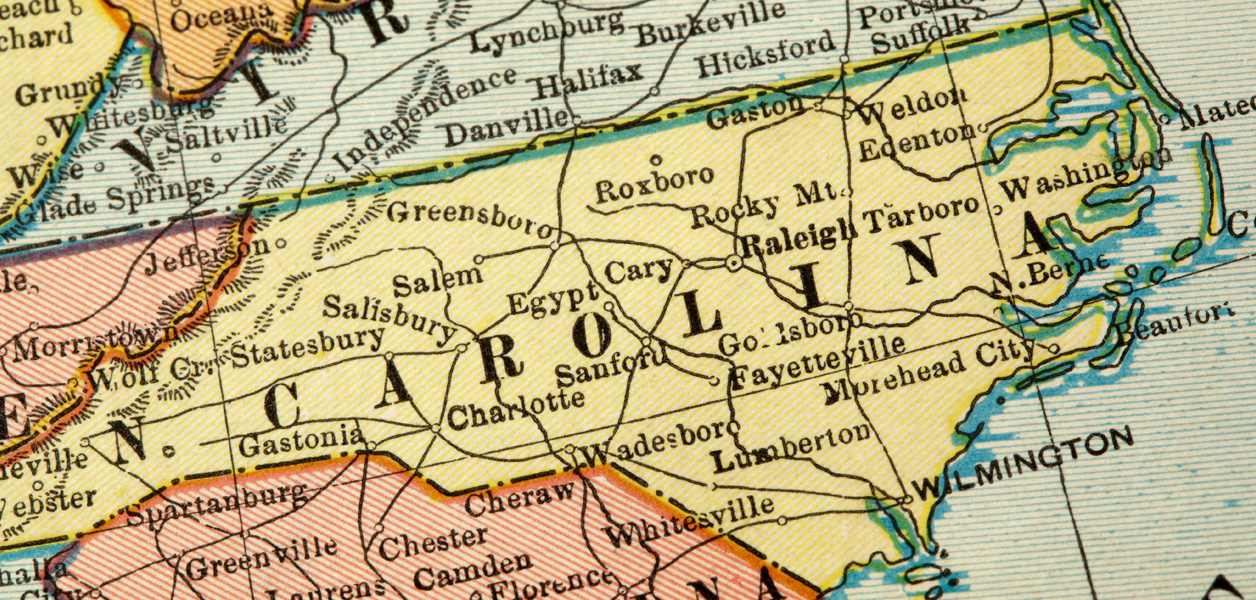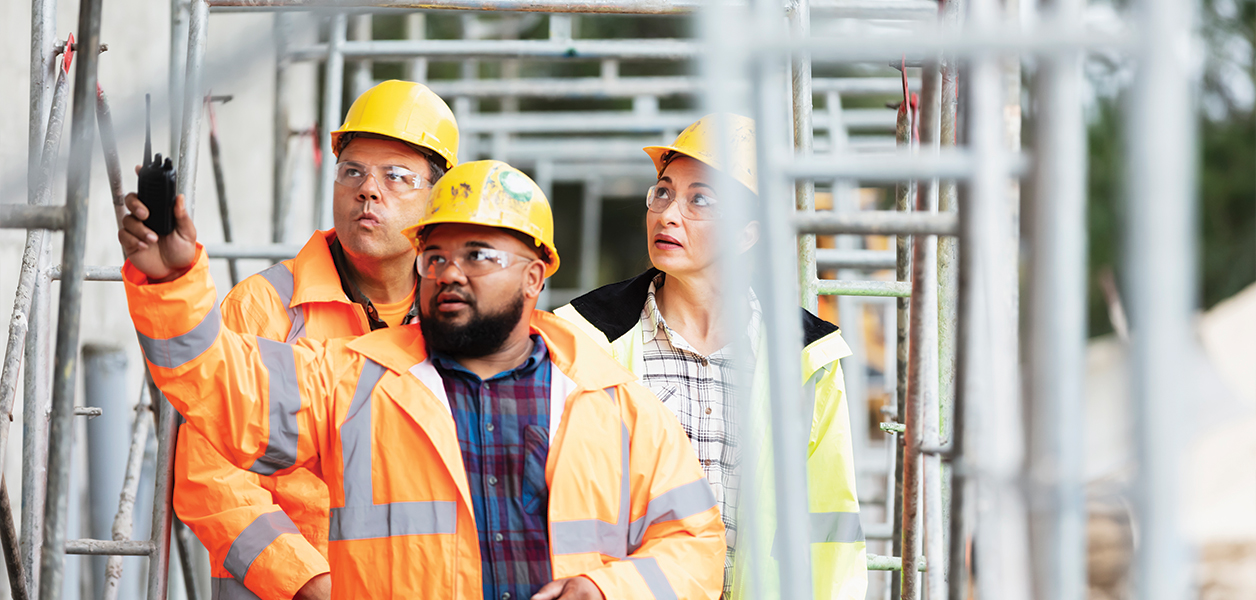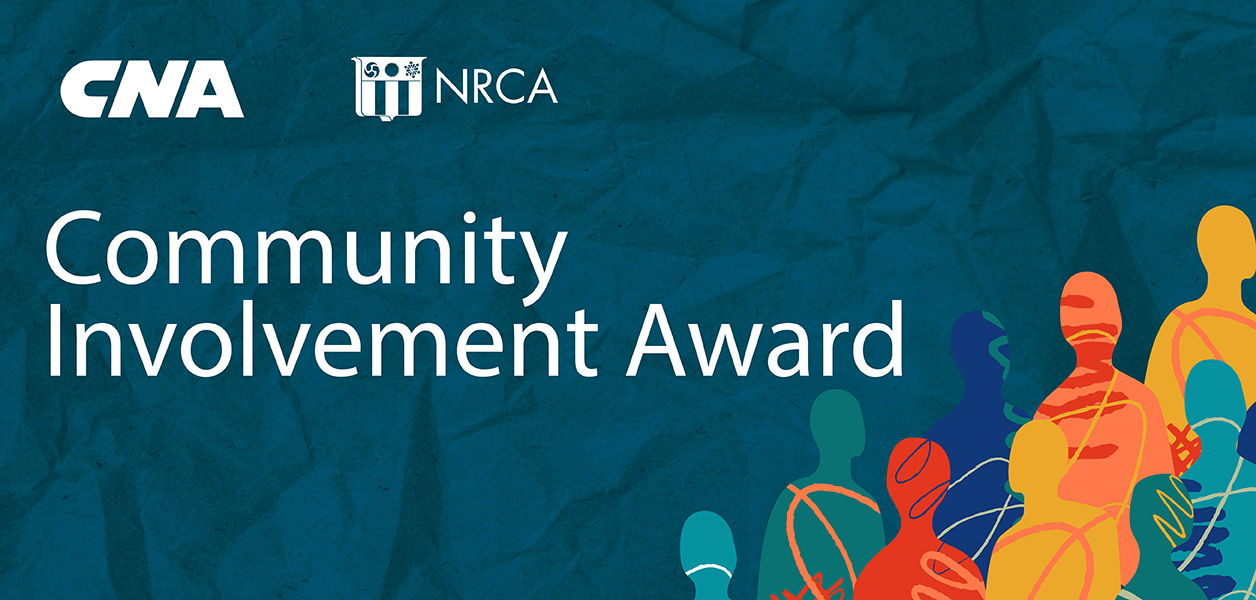Outdoor work in the heat can be challenging, and it is important workers can complete it without jeopardizing their health and well-being.
Forconstructionpros.com offers the following measures you and your workers can take to stay cool and safe when working in extreme heat.
- Stay hydrated. If you wait until you are thirsty before you drink water, you may be past the time when you need to replenish fluids. Make sure you drink something—preferably water—every 15 to 20 minutes.
- Limit caffeine. Whether you are drinking coffee or energy drinks, too much caffeine can cause dehydration in hot weather.
- Dress for success. Wear cool, loose-fitting clothing in light-colored fabrics that breathe and help your body maintain a healthy temperature. Leaving skin exposed to the sun could lead to severe sunburns.
- Use sunscreen. Even if you are properly dressed for hot conditions, you still will have skin exposed. Apply a sunscreen that has an SPF rating of at least 30 and keep applying it during the day; sweat can wash away sunscreen or reduce the amount of protection it provides.
- Find shade. Take breaks in the shade and, if possible, move some tasks to covered areas. If there are projects you can rotate among crew members, find a way to give everyone a break from the sun.
- Let your body acclimate. If you live in an area with changing seasons, your body needs time to adapt. During the first few days of a heat wave, don’t take on activities at a pace that might be too physically taxing.
- Eat right. If you’re working in the heat, avoid a heavy lunch and stick with smaller snacks and light meals throughout the day, incorporating vegetables, fruit and nuts. Your body creates more metabolic heat if it has to break down heavy foods.
- Monitor your sweat status. Sweating in hot weather is a sign your body is functioning as it should. If it is hot and you suddenly stop sweating, it is a warning sign for heatstroke.
- Spritzing can help. Regularly take a few moments during the day to get some cold water on yourself, whether from a garden hose or your water bottle.
- Think ahead. Put a damp towel in the freezer the night before and wrap it around your neck as you start your workday. You also can benefit from rubbing ice wrapped in a cloth on your body to cool down.
- Adjust your schedule. If you can start your day a bit earlier, it could be worth it. Try to get the most physically demanding parts of the job out of the way before the midday sun brings more heat.
- Use a fan. If you work in a location where a fan can be used, an industrial-grade work fan can help cool you down.
- Get a haircut. You may want to consider a shorter haircut to stay cool during the summer months. Excess hair traps the heat around your head.
- Limit alcohol. Although it can be good to unwind with co-workers after a long, hot day, you do not want to overdo it during a heat wave because you will feel alcohol’s dehydrating effects the next day.
- Do not ignore the warning signs. Despite your best efforts, team members still can be affected by extreme heat. Look for the warning signs of heat exhaustion, such as heavy sweating, rapid pulse, dizziness, goose bumps on the skin, muscle cramps and headache. Heat exhaustion can lead to heatstroke, which can be identified by a lack of sweating, nausea and vomiting, mental confusion, flushed skin, rapid breathing and a racing pulse. If you believe someone is suffering from heat exhaustion, get them out of the sun and into a cooler setting. If you believe it has moved on to heatstroke, seek medical attention immediately.
For more information about keeping workers safe in the summer heat, check out Professional Roofing’s May feature, “When is hot too hot?”





